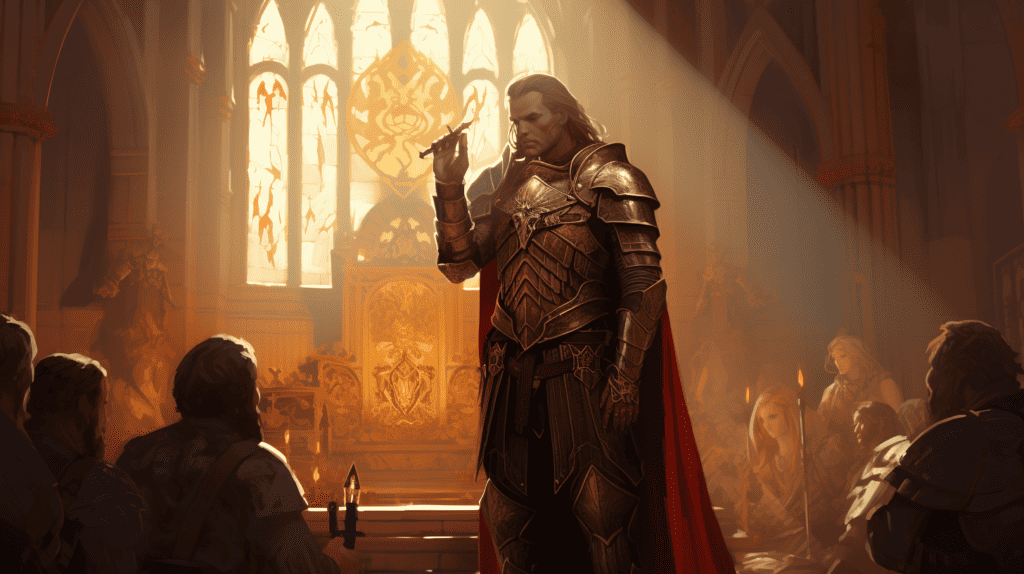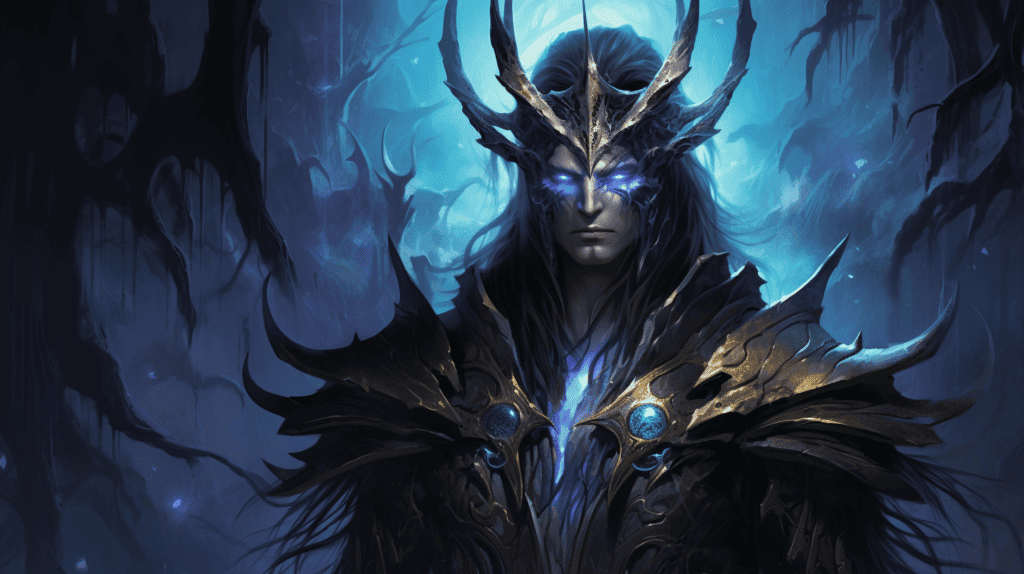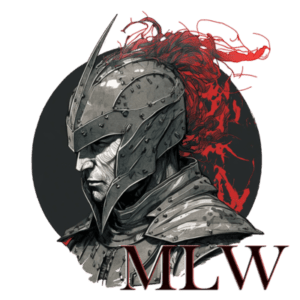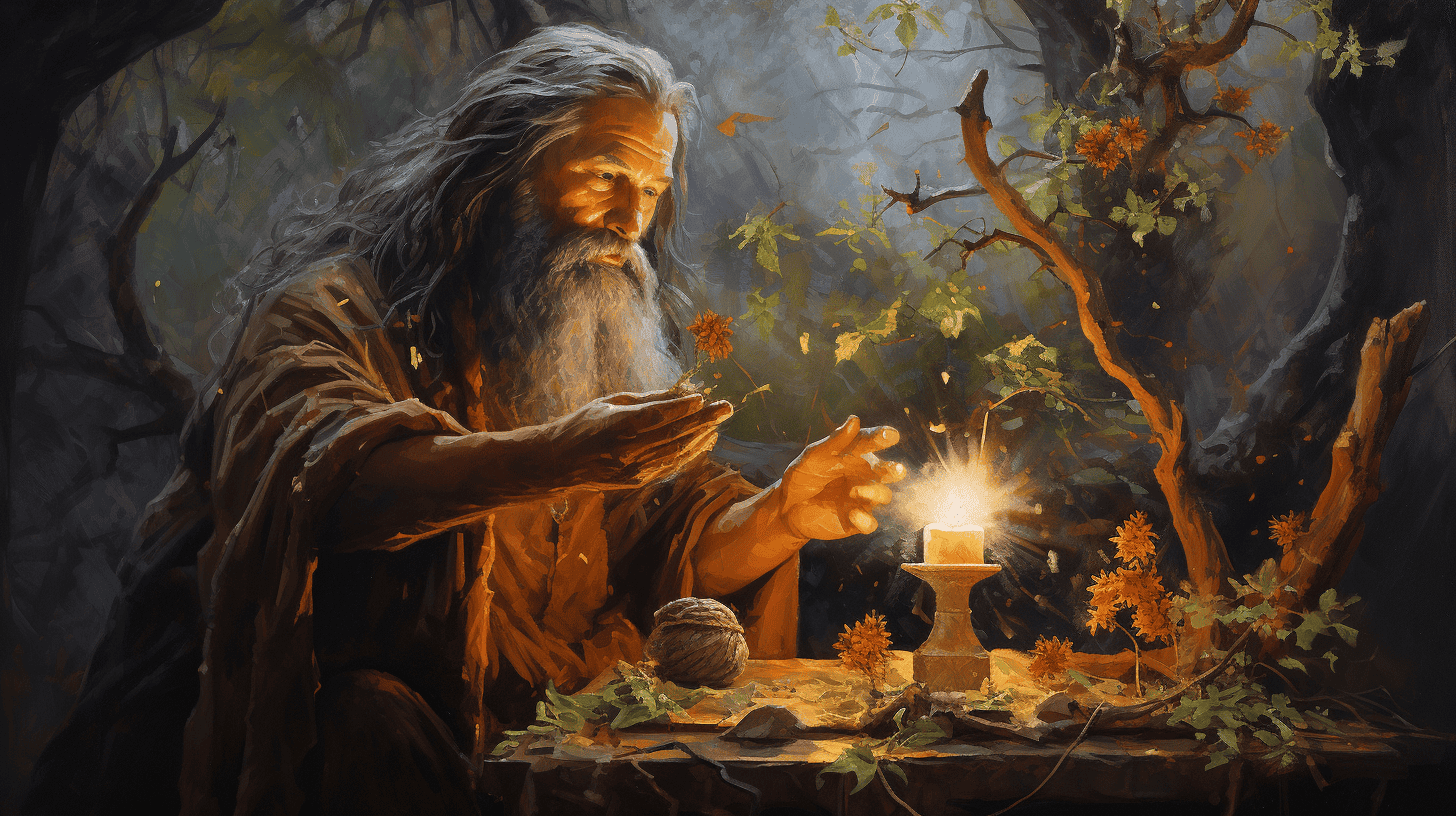Baldur’s Gate 3 was built using the tabletop roleplaying system of Dungeons and Dragons 5e. The system includes 12 different playable classes to choose from when creating your party. While the game can be played without recruiting companions or hirelings, players will have a hard time beating the game without a nuanced group consisting of different roles.
There are three major roles, I would say. Do note that there are thousands of ways of composing your character skills, and any character can be a mix between the roles, but for the sake of this article, we’ll separate them first.
The first of the three is the damage dealer – these come in the form of glass cannons, which deal a tremendous amount of damage to both multiple and single targets but are very fragile. The second is the brute or tanky type, who can handle being the focus of the enemy on the frontline.
The third is the support type. This is a character who has more supportive spells than others and whose objective is to mitigate damage, replenish the party’s hit points when needed, buff the party with enhancing spells, revive dead players, and crowd-control enemies.
So, what are the best healers in Baldur’s Gate 3?
The best healing class in Baldur’s Gate 3 is the Cleric with the life domain subclass. Clerics gain access to powerful healing spells at lower levels than other classes and have plenty of spell slots to cast them. The life domain allows clerics to always have their healing spells prepared, making extra room for other spells. Other viable healers include Land Druids, OoTA Paladins, and Bards.
However, it should be noted that healing should be a secondary focus in Baldur’s Gate 3, and I’ll explain why later on in the article.
Below is a more comprehensive list of all healers in Baldur’s Gate 3.
The Best Healing Classes in Baldur’s Gate 3
It’s important that you find a support character that you enjoy playing, as there are plenty of classes with healing abilities that work differently.
All of them are not equally effective and excel in different areas but personal preference is a big part of the game as so many elements can be mixed and matched.
One thing, for instance, is that damage always outpaces healing in Baldur’s Gate 3, which makes a healer with the ability to mitigate damage rather than only restoring it an incredibly powerful supporter.
The best way to maintain your party’s hit points is to win battles quickly, by either dealing a lot of damage or crowd-controlling the enemies to give your party an advantage.
Below is a deep dive into the primary healing classes in Baldur’s Gate 3.
Related Article: Do DnD Parties Need Healers?
Cleric

Clerics wield divine magic, and their toolkit has made them one of the best support classes in the game. They’re support-focused spellcasters with healing abilities, crowd-control abilities, buffs, and debuffs that give enemies disadvantage.
Aside from all that, they’re able to deal a lot of damage with the right type of abilities.
Their arsenal of healing spells consists of single-target heals and large area of effect heals, providing a mix of restorative spells for any situation. In addition to their powerful healing spells, they have spells like Feign Death or Death Ward that prevent characters from dying.
Clerics will grant the entire party support and provide a tactical advantage in almost every encounter. With the life domain subclass, the Cleric is able to cast healing spells without preparing them first, which frees up extra slots for other supportive or offensive spells.
Guidance, an ability that grants a bonus on ability checks, is another bonus of having a Cleric in your party. Overall, the Cleric is a great supportive class that grows strong quite early in the game but truly excels at the end of the game.
Paladin

The Paladin class harbors a few curative spells from the start of the game. Initially, Paladins are able to cast a single-target heal called Lay on Hands and a spell called Healing Radiance, which restores 5 hit points to any surrounding characters.
As the game progresses, the Paladin is given new and more powerful restorative spells, such as Aid, Lesser Restoration, and Revivify.
The Paladin can cast auras to protect allies, deal a good bit of melee-focused damage, have high hit points, and can defend themselves quite well.
Paladin healers are, therefore, more bulky healers that not only negate damage by healing, but also by preemptively protecting allies against it by buffing them or neutralizing enemies.
Our recommended subclass for a supportive paladin is the Oath of the Ancients.
Bard

Bards are jacks of all trades, capable of filling every role in the game. The class gives you a charismatic character that should front your dialogues due to their high skill bonuses.
In combat, Bards come with a bunch of different supportive spells that will grant your party bonuses to different types of rolls.
Their strength is the amount of utility that they have at their disposal. They’re usually lower than other classes in the damage output charts but they make up for it by making other characters more powerful through their buffs.
Druid

Druids are one of the most versatile healers in the game but have fewer hit points than some of the other classes. This is compensated for by a wide arsenal of varying abilities, both protective and offensive.
The class can shapeshift into various forms which grant the Druid hit points and effective abilities for damage output. When the Druid’s hit points are brought to zero while shapeshifted, the class is forced back into its regular form rather than dying, making it incredibly powerful.
The Druid misses some of the supportive abilities that Clerics come with, but they’re equipped to deal a fair bit of damage and protect themselves quite well by shapeshifting.
They start out with the curative spell Healing Word at level 1 and as the Druid progresses, the class picks up other supportive spells that grant protection and resistance against various elements.
At level 6, Druids gain access to Heal, which is a powerful healing spell that restores hit points and removes some negative status effects.
Do You Need a Healer In Baldur’s Gate 3?
You don’t need a purebred healer in your party in Baldur’s Gate 3, but you should absolutely have characters with both restorative and supportive spells in order to facilitate battles.
Potions, scrolls, and long rests are good ways of keeping your party replenished, but having a character with curative spells and the ability to blind, paralyze, or fear enemies is of incredibly high value throughout the entire game.
Strong enemies will deal a lot of damage to your party unless they’re given disadvantage, which you can achieve by using abilities such as hold person, blind, fear, turn undead, and so forth.
If your support character has a wide array of spells that mitigate damage or prevent it from happening, then that’s even more effective than re-healing the hit points lost from taking the hit.
Therefore, focusing on a mixture of supportive spells, damage abilities, and pure healing spells is the way to go when creating a designated support class. In this game, being able to deal damage in addition to healing is the way to go.

